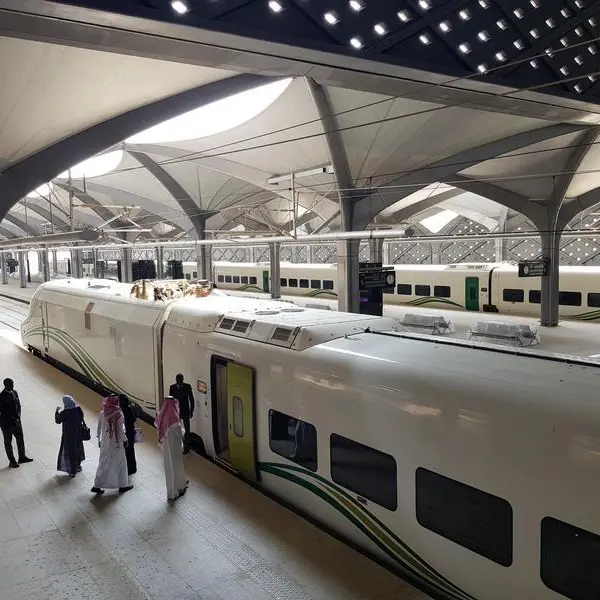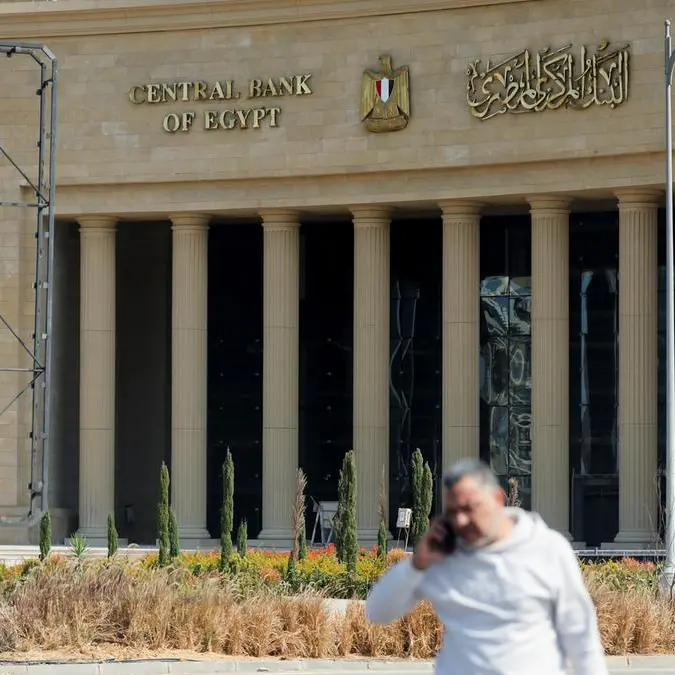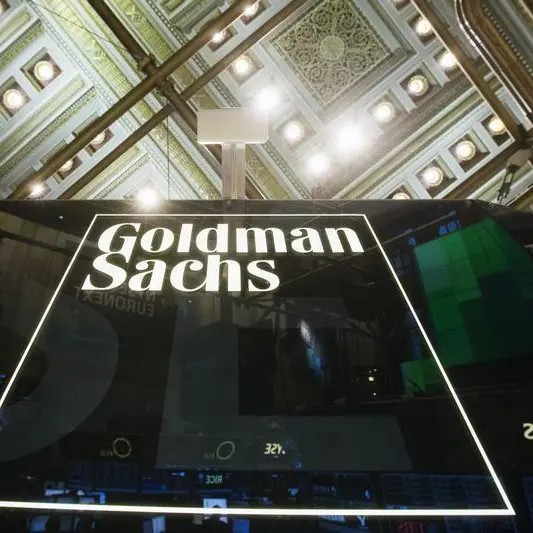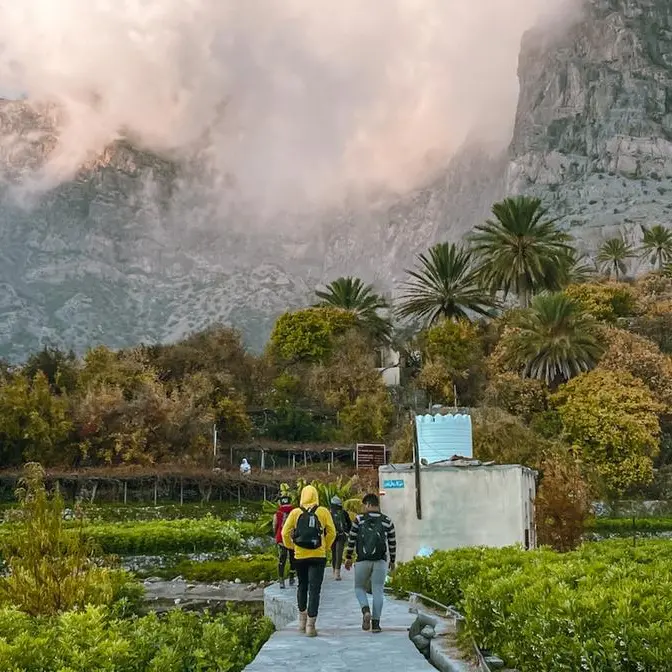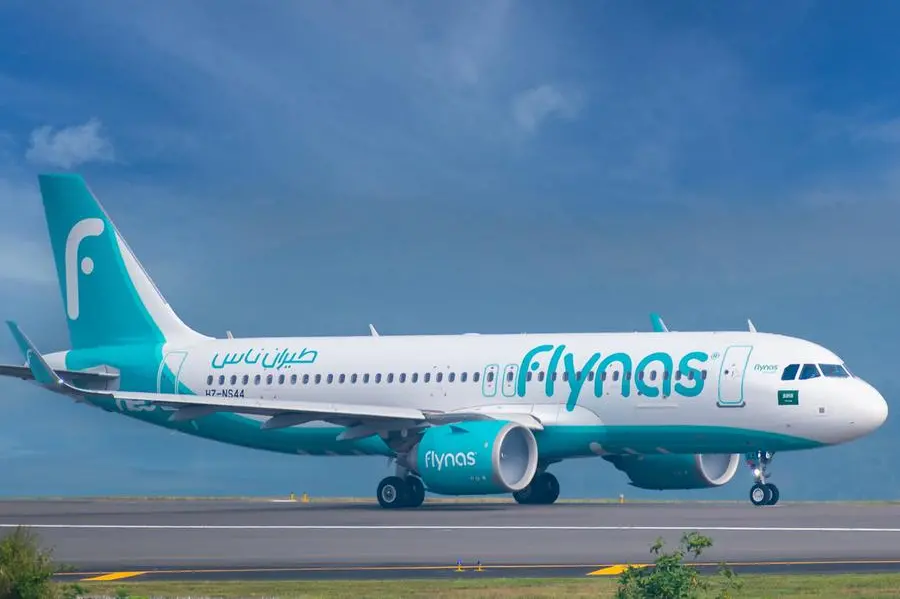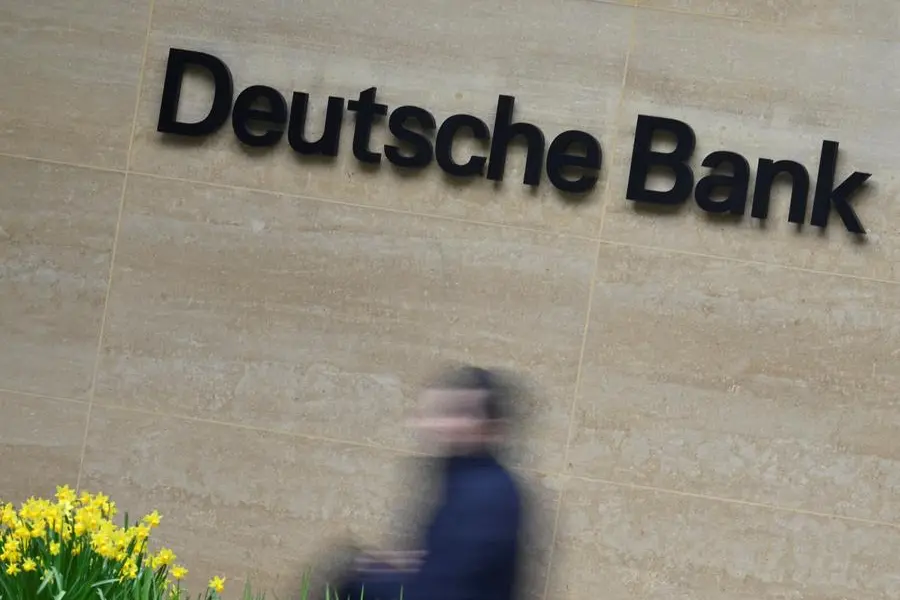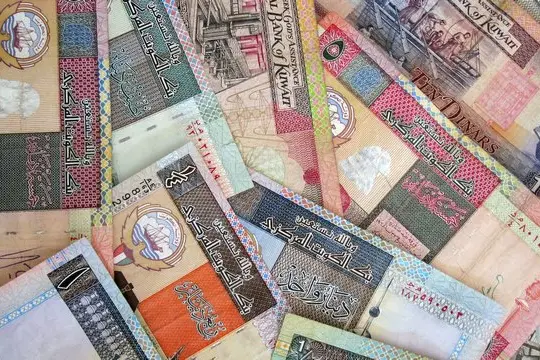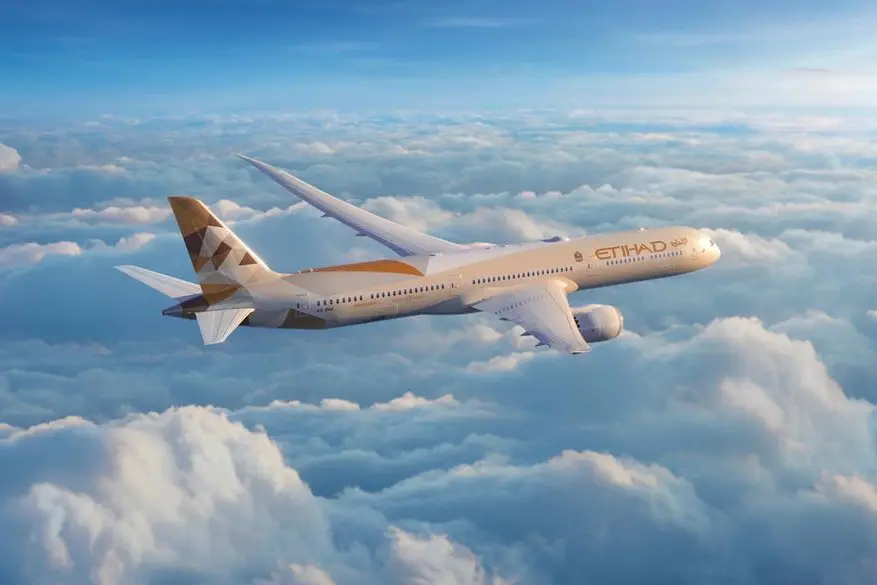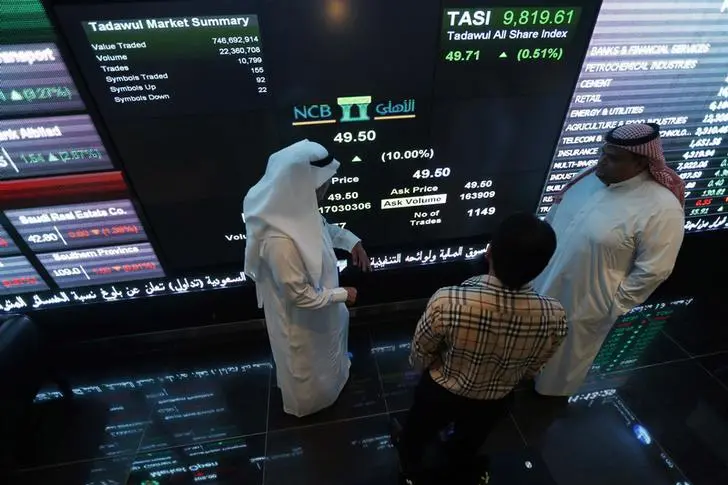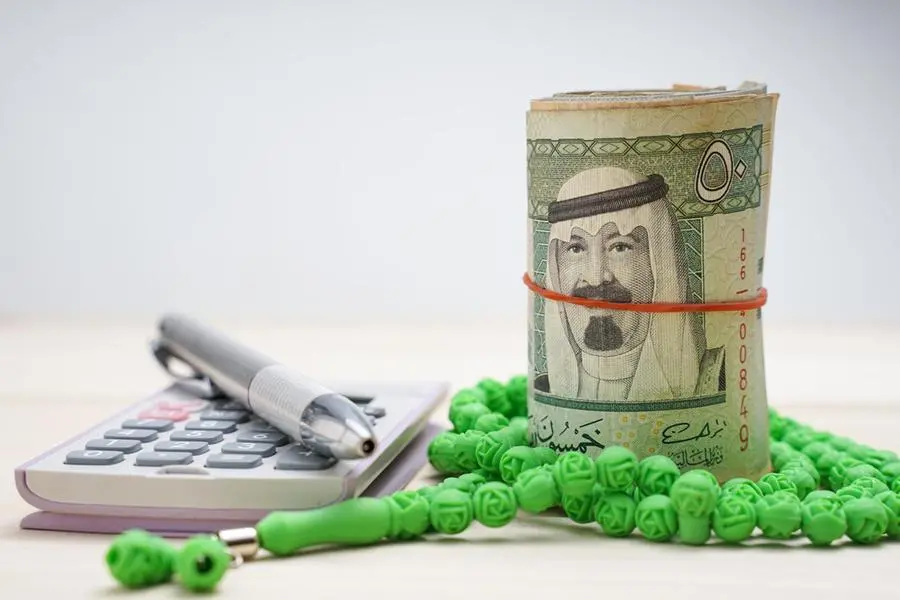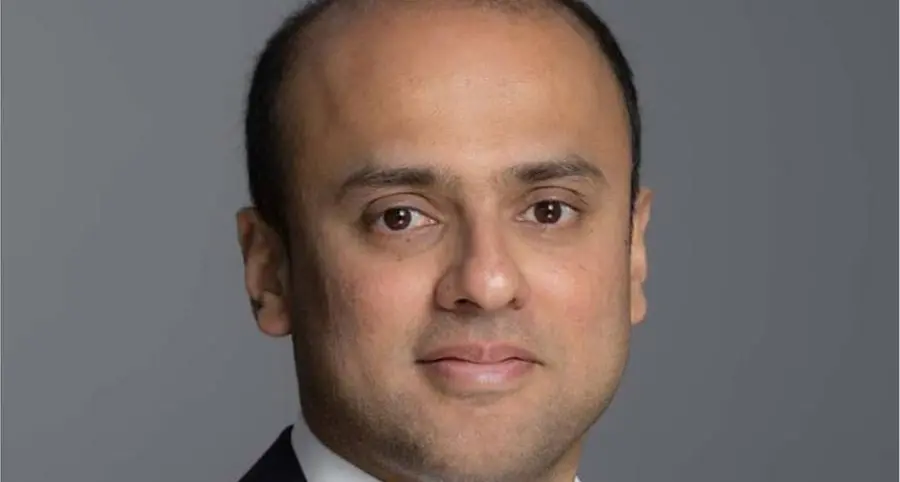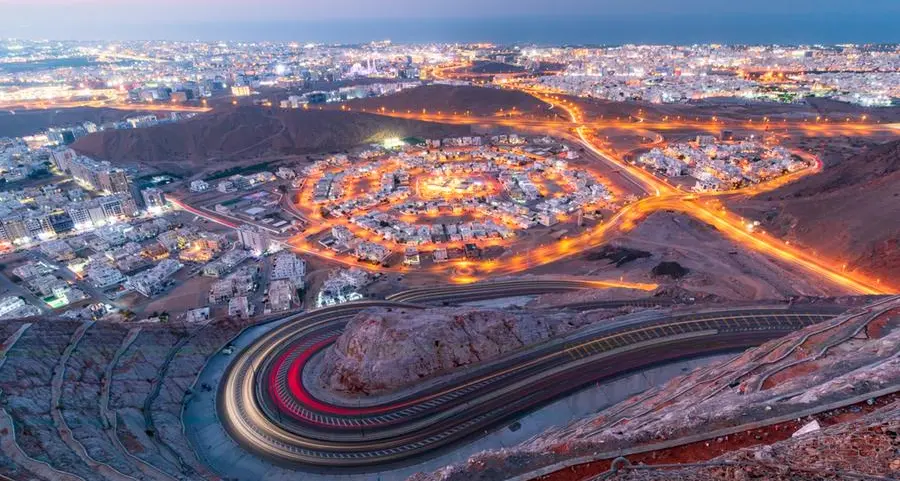The government's plan to boost solar power production in Morocco has recently begun to gain momentum, with a large number of projects in the pipeline set to create opportunities for growth and investment in the field.
In August, the Moroccan Agency for Solar Energy (MASEN) announced it would launch tenders for two concentrated solar power (CSP) plants in the fourth quarter of 2013. The new facilities would add a combined 300 MW to the existing 150-MW solar energy complex in the southern city of Ouarzazate.
The Ouarzazate station was the first major project launched under the Moroccan Solar Plan, which aims to install 2000 MW of solar capacity by 2020 through the construction of five power stations nationwide. The push is part of a broader initiative by the government to ramp up its activities in an effort to boost the percentage of domestic electricity produced from renewables, including both solar and wind, to 40% by 2020. Two new government institutions - the MASEN and the National Agency for the Development of Renewable Energies - were established to oversee the renewables programme.
The two upcoming tenders will push the Ouarzazate complex's capacity for CSP production to 450 MW, within reach of its final goal of 500 MW. One plant, Noor II, will have a generation capacity of 200 MW based on parabolic mirror technology. The second plant, Noor III, is expected to have a minimum capacity of 100 MW generated from a solar tower. Both plants will be able to store electricity for up to three hours.
According to MASEN, four international consortia have pre-qualified to bid for the Noor II and Noor III tenders when they are issued later this year. Three groups - led by Spain's Abengoa, International Power (the UAE-based division of GDF Suez) and Saudi Arabia's International Company for Water and Power (ACWA Power International) - were selected to bid on both the 200 MW and the 100 MW facilities. A fourth consortium, headed up by France's EDF, has also been approved to bid on the 100 MW solar tower. Like the first Ouarzazate plant, these projects will be based on the independent power producer model and will cover the design, financing, construction and operation of the stations.
Construction began in May 2013 on the first CSP plant in Ouarzazate, Noor I, which is slated for completion in 2015. A $1bn contract was awarded in September 2012 to a consortium led by ACWA Power International, with the Saudi company holding a 95% stake in the venture and the remaining 5% held by Spanish firms Aries Engineering & Systems and TSK Electronics & Electricity. The plant will have a capacity of 160 MW based on conventional parabolic mirrors, as well as a three-hour storage capability.
ACWA won the contract with a price estimate of Dh1.6187 ($0.19) per KWh, 21% lower than the closest offer. The plant will be run on the basis of a 25-year power purchase agreement between the contractor, MASEN and the National Office for Electricity and Water (l'Office National de l'Électricité et de l'Eau Potable, ONEE), under which ONEE will purchase the electricity at a set price.
Scaling up Morocco's solar generation capacity will be a costly, but critical, step to boost domestic electricity production in a sustainable way. The resource-poor country imports an estimated 95% of its energy needs, which accounted for over one-quarter of imports last year. As global oil prices rose in 2012, energy imports contributed to a record trade deficit of $23.6bn, a 7.9% increase year-on-year. Domestic power generation is dominated by fossil fuels, and Morocco is working to keep up with an average annual increase in power consumption of 6-7%. By developing its significant potential for solar and wind electricity, Morocco aims to reduce its reliance on imported fossil fuels and, eventually, to become an electricity exporter to Europe.
Under the Moroccan Solar Plan, solar stations will be set up in Ouarzazate, Ain Beni Mathar, Sebkhat Tah, as well as two sites located in the Western Sahara, Foum Al Oued and Boujdour. In addition to reducing import costs, the solar programme is expected to save 1m tonnes of oil equivalent and avoid the emission of 3.7m tonnes of carbon dioxide each year once fully in place.
Implementation of the solar plan will require an estimated $9bn in domestic and foreign investment. MASEN has indicated that the programme will be largely completed through the use of public-private partnerships, and foreign partners will have a key role to play. The state's $1bn Energy Development Fund, which will support the programme, has received a combined $800m in financing from the governments of Saudi Arabia and the UAE. Morocco has also secured financial assistance from a number of international partners for the first slate of solar projects, including the French Development Agency, the African Development Bank, the European Investment Bank, the World Bank, the European Commission, the Clean Technology Fund and the German development bank KfW.
The government is also speeding up the development of wind energy; ONEE aims to install 2000 MW of wind energy by 2020, and two power station projects have been launched so far in the cities of Taza and Tarfaya. The expansion of electricity production from renewable sources bodes well for Morocco's effort to increase its energy independence in the long term. Support from foreign partners will be critical to realise these projects and minimise the cost of production.
© Oxford Business Group 2013
